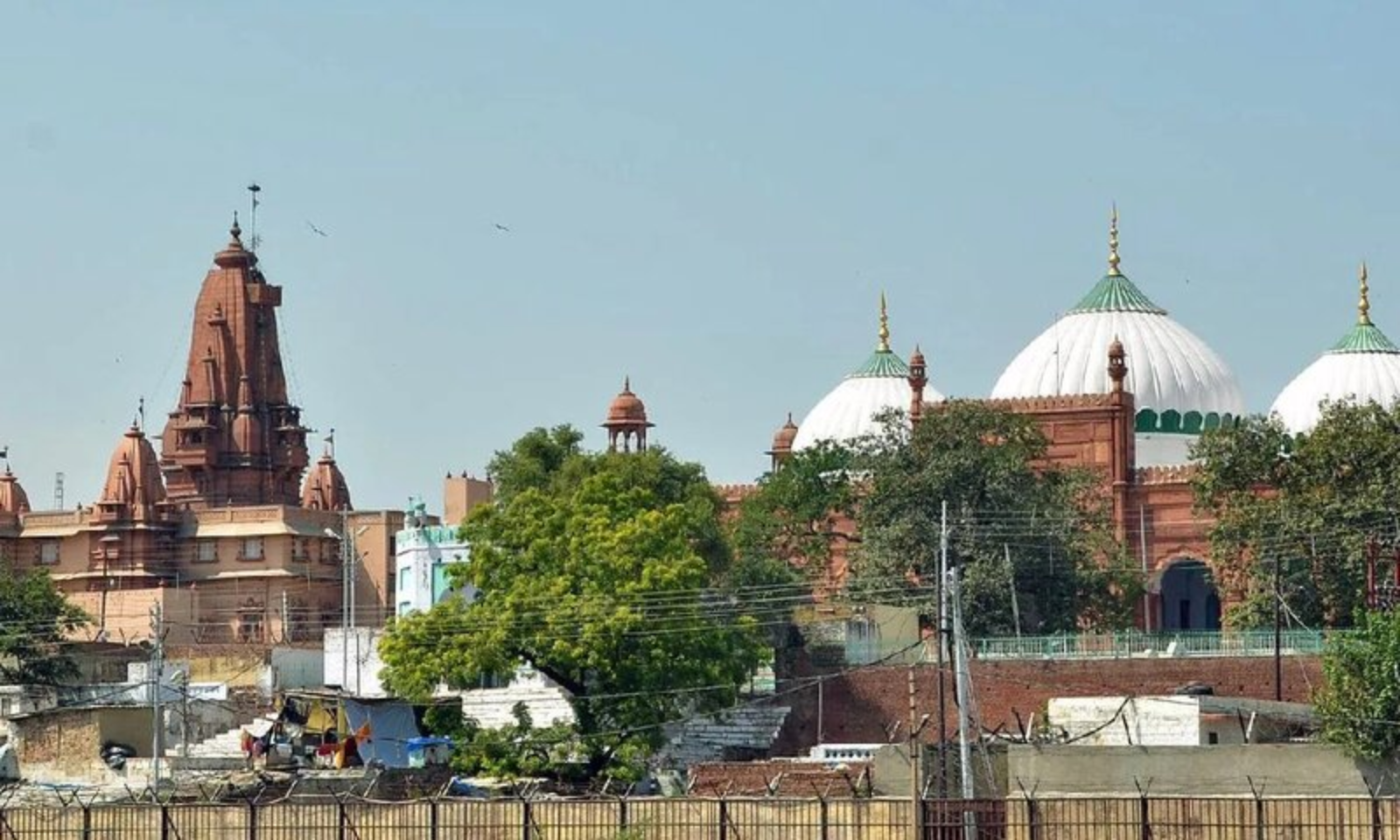Unraveling the Legal Tapestry: The Intricacies of the Krishna Janmabhoomi Case in Mathura
Introduction
In a significant development, the Allahabad High Court has decided to address the application seeking the appointment of a court-monitored advocate commissioner to survey the Shahi Eidgah premises, adjacent to the Sri Krishna Janmabhoomi temple in Mathura. This decision comes amidst a series of legal maneuvers and debates surrounding the Krishna Janmabhoomi case, a dispute laden with historical and religious complexities. In this comprehensive exploration, we delve into the details of the recent court proceedings, the background of the case, and the key players involved.
Table of Contents
The Allahabad High Court’s Stand
On Thursday, the Allahabad High Court announced its intention to hear the application for the appointment of a court-monitored advocate commissioner to survey the Shahi Eidgah premises in Mathura. The court, led by Justice Mayank Kumar, emphasized that it would first address this crucial application before deciding on the issue of maintainability. The scheduled hearing for this application is set for December 18, where parties involved will present their arguments, and the court will decide on the modalities of the commissioner’s appointment.
The Role of Advocate Commissioner
Vishnu Shankar Jain, representing the Hindu side, expressed satisfaction as their application (No. 130 ‘Ga’) was allowed on Thursday. He highlighted that on December 18, the court would engage with concerned parties to determine the specifics of the advocate commissioner’s appointment. This includes crucial aspects such as the number of advocates to be appointed as commissioners and the timeframe allocated for the survey.

Reserving Orders: The November 16 Development
A pivotal moment in this legal saga occurred on November 16 when the Allahabad High Court reserved its order on the application filed by the Hindu side. This application sought the appointment of a court-monitored advocate commissioner to oversee the disputed Shahi Eidgah premises. The court, in its reserved order, indicated its commitment to addressing the complexities of the case and ensuring a fair and thorough examination of the issues at hand.
Origins of the Dispute: Krishna Janmabhoomi-Shahi Eidgah Mosque
At the heart of the legal battle are 18 original suits pending in the Allahabad High Court. The plaintiffs primarily seek a declaration that the disputed land, where the Shahi Eidgah Mosque stands, is vested in the deity Lord Shri Krishna Virajman. Additionally, the plaintiffs seek a directive for the removal of the mosque, claiming that it was built under the orders of Emperor Aurangzeb.
Shifting the Legal Landscape
On May 26, the Allahabad High Court made a significant move by transferring all the suits related to the Sri Krishna Janmabhoomi -Shahi Eidgah Mosque dispute from the Mathura Court to itself. This consolidation aimed to streamline the legal proceedings and ensure a unified approach to addressing the multifaceted issues presented by the litigants.
Determining the Court Commissioner: A Crucial Decision Awaited
The upcoming hearing on December 18 holds the key to another crucial decision – determining who will be appointed as the court commissioner. This individual or group of individuals will play a pivotal role in the survey of the Shahi Eidgah premises, adding a layer of complexity to an already intricate legal landscape.
Legal Arguments and Perspectives
As the legal battle unfolds, various arguments and perspectives have emerged from both sides. The Hindu side, represented by Vishnu Shankar Jain and others, contends that the land beneath the Shahi Eidgah Mosque is the birthplace of Lord Sri Krishna. Their claim is rooted in historical and architectural evidence, including the presence of a lotus-shaped pillar and an image of ‘Sheshnaag,’ a Hindu deity associated with Lord Krishna’s birth.
The Petitioners’ Stand: Deity and Seven Others

The petitioners, including the deity Bhagwan Sri Krishna Virajman and seven others, filed the application seeking the appointment of a court-monitored advocate commissioner. Advocates Hari Shankar Jain, Vishnu Shankar Jain, Prabhash Pandey, and Devki Nandan are representing the petitioners. Their claim revolves around the assertion that the Shahi Eidgah Mosque was originally a Hindu temple, and the signs, including a lotus-shaped pillar and the presence of ‘Sheshnaag,’ substantiate this assertion.
Exploring Historical Claims: The Significance of Architectural Elements
Advocate Vishnu Shankar Jain has pointed out the existence of a lotus-shaped pillar, a characteristic feature of Hindu temples, within the disputed premises. Additionally, the presence of an image of ‘Sheshnaag’ further strengthens the argument that the site has deep-rooted Hindu historical significance. These architectural elements, according to the petitioners, stand as tangible evidence of the site’s original identity as a Hindu temple.
Strategizing for December 18
With the hearing on December 18 looming, both sides are gearing up to present their case before the Allahabad High Court. The modalities of the advocate commissioner’s appointment, the number of advocates involved, and the timeframe for the survey are expected to be central points of discussion. Legal experts and scholars are closely watching this case, recognizing its potential to set precedents in the realm of property disputes with religious and historical dimensions.
Beyond Mathura: Implications for Future Disputes
The Krishna Janmabhoomi case transcends its immediate legal context and has broader implications for property disputes entangled with religious sentiments. The decision of the Allahabad High Court, especially concerning the appointment of the advocate commissioner, could influence how similar disputes are approached and adjudicated in the future.

Conclusion:
As the legal saga surrounding the Krishna Janmabhoomi case unfolds, it becomes evident that the complexities are deeply intertwined with historical, religious, and legal intricacies. The December 18 hearing holds the promise of shedding light on critical aspects of the dispute, but the final resolution remains elusive. The legal labyrinth continues, with each development adding layers to the narrative of a case that transcends the confines of a courtroom, resonating with the beliefs and emotions of a diverse nation.


